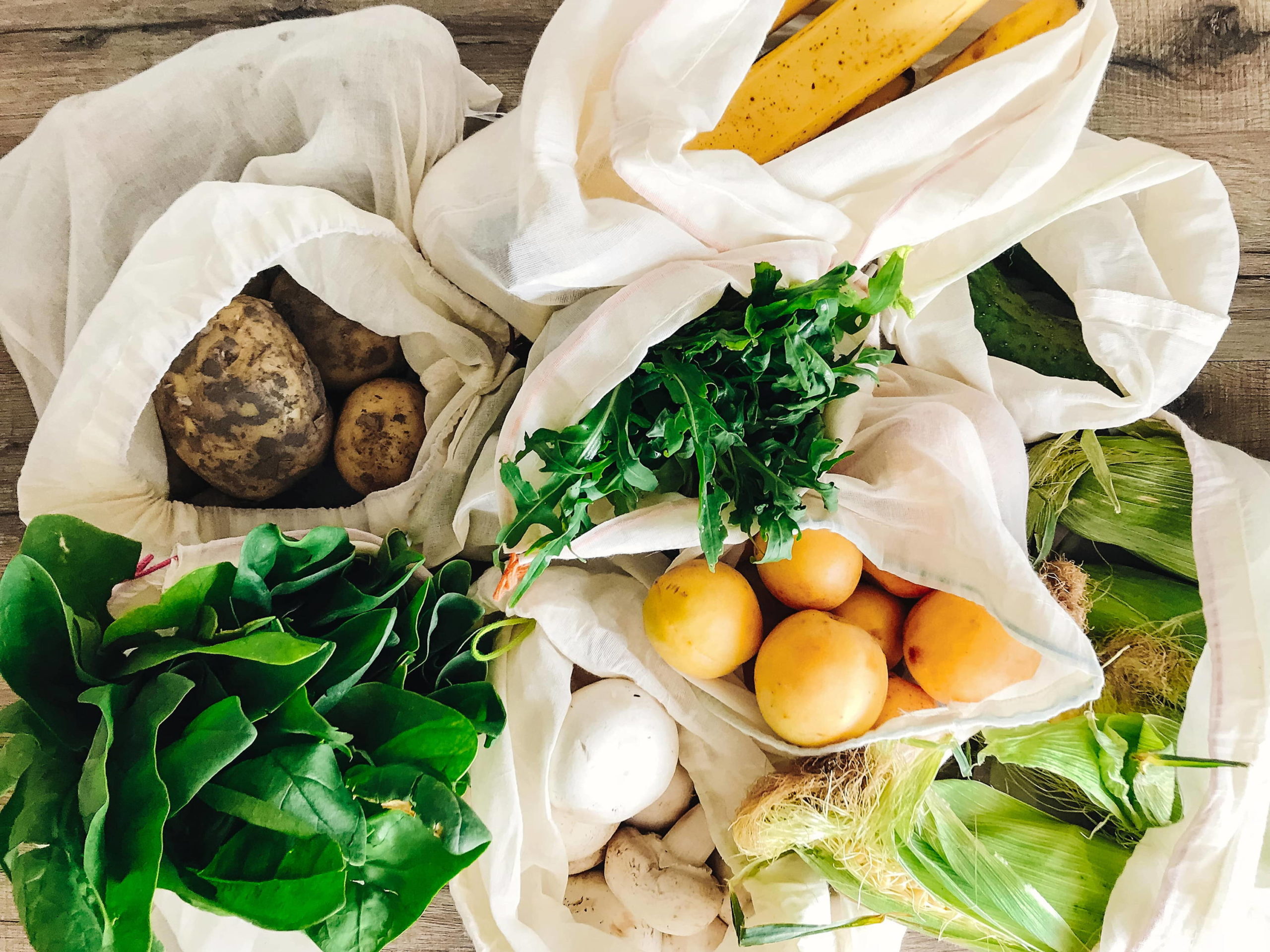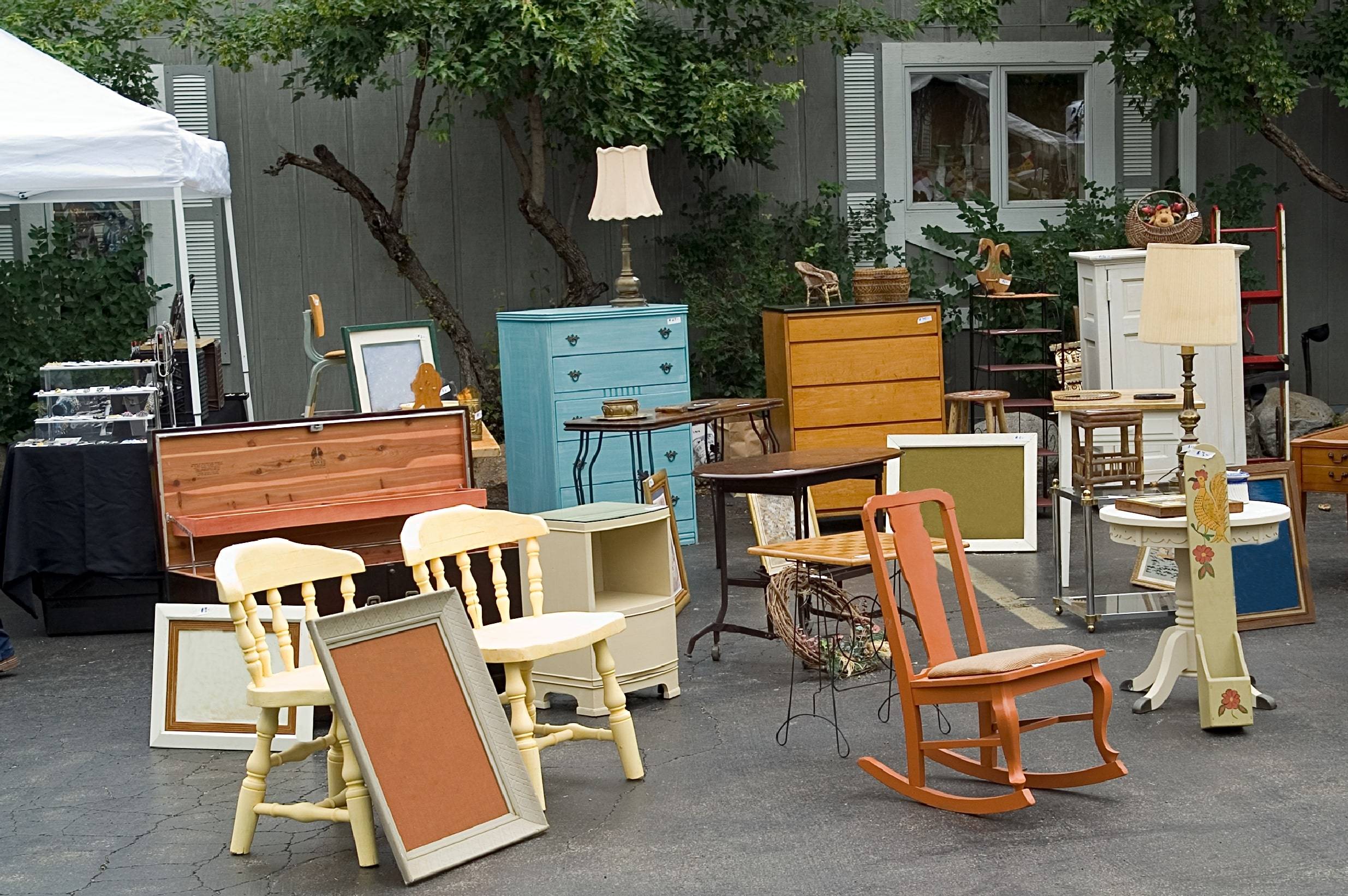Please note that some things in this list may be more difficult in our current climate with the COVID-19 outbreak, but remember that this situation is temporary. ‘This too shall pass’ and it’s a great time to form new habits in a changing world. As always, we encourage you to make the decisions that are most in line with your abilities as well as recommendations from government health professionals.
We know what it’s like to be bombarded with information, so we’ve written this quick list about some of the best things you can do around your house to be more eco-conscious.

1. Skip the produce bags for fruits and veg
Skip the plastic bag by buying your produce naked. Your kale bunch, held together by a tie, doesn’t need a plastic bag to transfer from the shelf to your home. You will never know how many people have handled your produce before you, so you should always wash your produce anyways. Buying 10 apples? Use a cloth or mesh bag. Mesh laundry bags are an easy find in the dollar store and there’s plenty of low waste stores selling cotton bags. Crafty? Try making your own from old textiles.

2. Choose loose, unpackaged items over grouped, packaged items.
The example of buying 10 apples reminded us – try to purchase loose produce. Lemons, limes, onions, garlic, and avocados are typically packaged in a mesh plastic material, while apples, potatoes, and celery come in film plastic. Mesh bags are considered garbage in most municipalities, and film plastic can be tricky to recycle. Skip the packaged produce and choose the loose items.

3. Minimize food waste by following FIFO
Have you ever opened your crisper drawer to a very sad, wilted head of lettuce? We’ve all been there. Avoid demise of your veggies by following FIFO – first in, first out. This can also be applied to your pantry items – no one likes year-old stale pasta.

4. Use both sides of the paper
Whether you’re printing, taking notes, or journaling, using both sides of the paper helps reduce waste.
5. Make a scrap paper bin
Speaking of paper – make a scrap paper bin! Perfect for leaving notes, writing grocery lists, or mindless doodling. Printed one-sided for a school assignment and now marked and back in your home? Put it in the scrap bin!

6. Learn your municipality’s waste management rules
Just because it’s plastic or paper, doesn’t mean it’s recyclable where you live. Whether you have one-stream or two-stream recycling, it’s important to learn the rules. Not sure what to look up first? Go to your recycling bin and start investigating – what are your most used items? Find those items in your recycling guide and check their recyclability. Many cities use the Recycle Coach App – does yours?
7. Recycle in your bathroom
Only have one bin in your bathroom? Time for two! Small bathroom? Try using a small bag on one side and leave the other side open for recyclables – like toilet paper rolls and toothpaste cardboard packaging.

8. Buy used
When something breaks or we decide we want something new, it’s easy to run to the nearest department store and buy it. It’s even easier to jump online and order it right to our doorstep. But, it’s good to remember that everything has been made before. You’ve likely donated or sold used items in the past. We can prevent items from landfill by buying used. Some great examples: clothing (kids’ especially – since kids grow so quickly, most clothes aren’t well-worn), appliances (we recently acquired a fabulous espresso maker), books, DVDs, kitchenware. Check out Value Village, Talize, Goodwill, Salvation Army, Kijiji, and Facebook Marketplace.

9. Bring your reusable bags
A proper place to end this list, with the most obvious switch. We know your car trunk has multiple reusable bags floating around. Make it a habit, and you’ll never forget them again.
